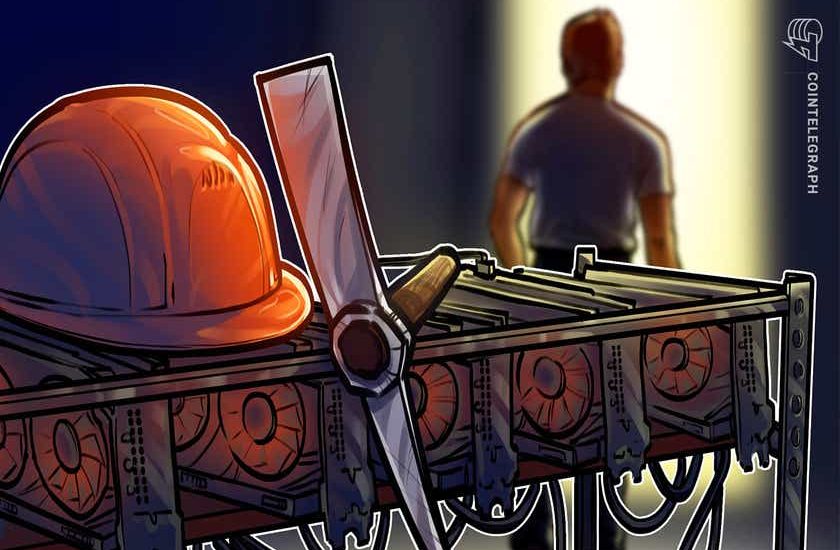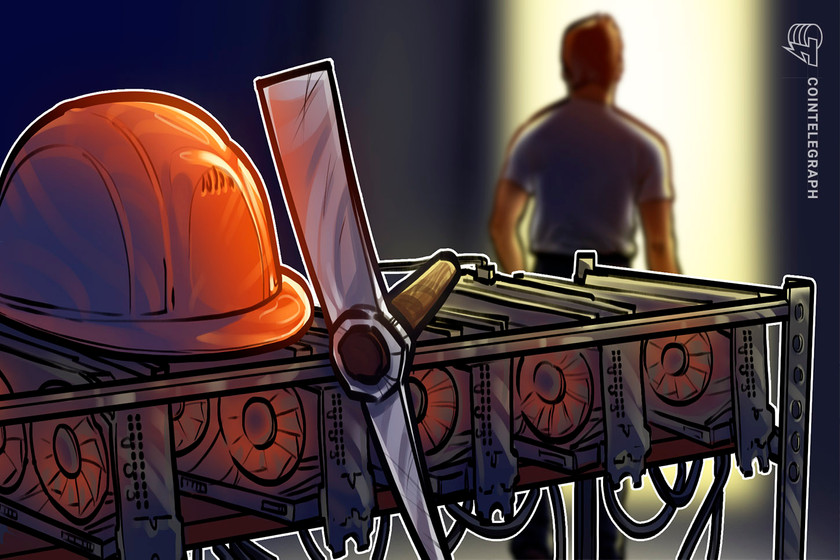- March 9, 2022
- Posted by: admin
- Category: BitCoin, Blockchain, Cryptocurrency, Investments


Is accessible mining possible? How easy is it to buy mining equipment, and how can this happen affordably?
Cryptocurrency mining has been and remains an attractive endeavor not only for fans of alternative financial instruments but also for those serious about investing.
When deciding whether to start mining, potential miners keep several well-known factors in mind: equipment and electricity costs, suitable climate and favorable legislation in the country of operation. At least, that was the case until recently.
In 2022, the situation changed and became more complicated. A few years ago, it was possible to mine cryptocurrencies by purchasing a graphics processing unit (GPU), reading a guide on how to construct a rig and simply mining coins. Such income was attractive for many online entrepreneurs, and soon new miners flooded the global market.
Yet over time, the complexity of mining has increased and led to the emergence of special equipment for crypto mining — i.e., application-specific integrated circuits (ASICs), which can mine far faster and more efficiently than GPUs. As a result, problems of a different nature have arisen such as green energy concerns, qualified personnel and equipment availability.
Related: Fortunes turning? Specialized GPUs and SSDs come to aid crypto miners
In the summer of 2021, many buyers of GPU cards — the main component of any farm and rig — sounded the alarm when it became nearly impossible to obtain them. The few latest-generation GPU cards available had prices far above what many considered to be fair value.
Exploding demand for GPUs was further exacerbated by the COVID-19 pandemic — which saw hunker-downers building and buying PCs to entertain themselves during quarantine — in addition to supply chain disruptions across the globe.
Major GPU manufacturer Nvidia attempted to curb miner demand by installing special hardware that would limit hash rates, but miners eventually prevailed after finding a means to circumvent the new features.
At the beginning of 2022, the situation has changed, but not by much. At the end of January, the cost of the main cryptocurrencies Bitcoin (BTC) and Ether (ETH) dropped to their lowest levels since July 2021.
The price fall caused a chain reaction in the GPU market as mining became less and less profitable and was under threat of bans in various jurisdictions across the globe.
In January and February, interest in GPU cards designed for cryptocurrency mining waned along with a drop in mining profitability. Nvidia reported the price of the Sapphire GPro Radeon X080 card, specifically designed for mining, dropped by almost 40% during this period. At the end of January, the card cost more than $1,400 and can now be found for around $860.

The appetite for GPU cards has also been curbed by the upcoming transition of the Ethereum blockchain to its proof-of-stake protocol, where powerful cards and large computing power will no longer be needed.
It is worth noting that a price reduction was also observed in the market for “usual” GPU cards — that is, cards with video outputs designed for processing graphics. The price drop for Nvidia and AMD gaming series cards was about the same as specialized mining solutions.
Several companies such as Ajinomoto Fine-Techno have reported that a shortage of components for GPUs, including those important for the production of Ajinomoto build-up film substrates, will significantly decrease by the summer of 2022. Intel also plans to release a line of equipment for mining BTC this year.
The situation with ASICs remains fairly stable since BTC miners have no other options in choosing equipment. Popular models for BTC mining today are the Antminer S7, Antminer S9 and Antminer D3 from Bitmain.
In addition, Bitmain representatives announced a new line of products with hydro cooling, which will supposedly allow miners to work year-round regardless of external environmental factors. Nonetheless, the cost of such an ensemble remains extremely high.
Sell and resell
As a more affordable option, miners can buy used equipment. Unsurprisingly, this method of acquiring equipment became increasingly popular as GPU prices were increasing, especially during the general decline in income during the OVID-19 pandemic.
Every day, more people want to mine cryptocurrencies, and reselling equipment is profitable — especially regarding powerful GPU cards and ASICs. The remaining necessary elements for mining such as motherboards, coolers and more are still mostly purchased in stores because of their relatively reasonable price points.
Before buying a product, it is important to study the market in detail to understand who sells what and at what price. The easiest way to buy in a large online store is by making a wholesale order. A more difficult route, but profitable, is the option of buying directly from the manufacturer.
GPU cards are affordable and versatile in sources when purchased wholesale: A high-quality ASIC will cost $1,600, and a GPU card will cost $200 per unit.
The mining equipment resale market is becoming a popular option both for single users and companies alike.
In November 2021, Compass Mining, a BTC mining service provider, launched a secondary resale market for retail mining customers to sell hardware. The company’s management said that miners spent hundreds of millions of dollars every month on the secondary market, which indicates high demand.
A month later, digital asset developer and staking company Foundry Digital launched FoundryX, a new marketplace for buying and selling BTC-mining machines. The company received more than 40,000 of the latest-generation mining machines from MicroBT and Bitmain for immediate delivery before 2022 for the new market.
In addition to being able to flexibly relocate to places with cheap electricity and friendly crypto regulation, it is also relatively easy for miners to find and set up new equipment.
Even in the context of the global economic crisis, mining is developing in various directions, and it is expected that by 2026, the global crypto mining equipment market could be worth $1.2 billion.
Bitmain marketing director Nathaniel Yu told Cointelegraph that the company has seen an expansion in the market and its drive toward green energy:
“Bitmain continues to see the digital currency-mining industry develop further as new mining operators enter the market. Green mining has experienced substantial growth in the past year. The industry can expect more energy providers to enter the mining space. As for mining hardware, hydro- and liquid-cooling technologies will play a growing trend. Data center development will continue to incorporate new technologies to ensure longer mining cycles.”
